|
|
|
31#31
In the second stage, the activation function, g, takes the input from the first stage as argument and generates the output, or activation level, 32#32:
33#33
One common (and confessedly elementary) choice for the activation function (which ususally governs all units in a given net) is the step function, which usually has a threshold t that sees to it that a 1 is output when the input is greater than t, and that 0 is output otherwise. This is supposed to be ``brain-like" to some degree, given that 1 represents the firing of a pulse from a neuron through an axon, and 0 represents no firing. As you might imagine, there are many different kinds of neural nets. The main distinction is between feed-forward and recurrent nets. In feed-forward nets, as their name suggests, links move information in one direction, and there are no cycles; recurrent nets allow for cycling back, and can become rather complicated. Recurrent nets underlie the MONA-LISA system we describe below.
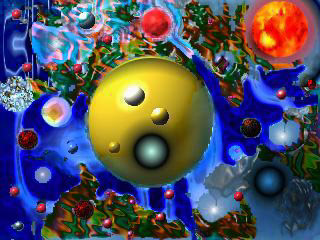
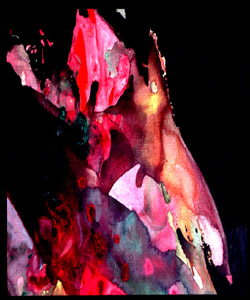 >
>
Sent-Ts'an:
If you want
to get the plain truth
Be not concerned with right and wrong.
The conflict between right and wrong
is the sickness of the mind.
calvin.htm">
g
Hofstadter, p.281, commentary/reflections (on Riddle of Universe):
Examples of
Riddles:
"This sentence is false"
"Thiss sentence contains threee errors."
"This sentence contains one error."
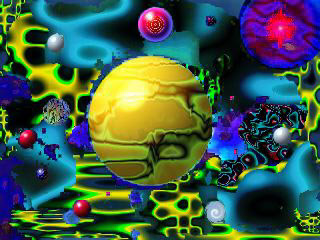 >
> 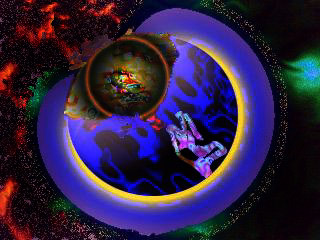
To the philosopher
J.R.Lucas by C.H.Whitely:
"Lucas cannot consistently assert this sentence."
or "Lucas cannot consistently believe this sentence."
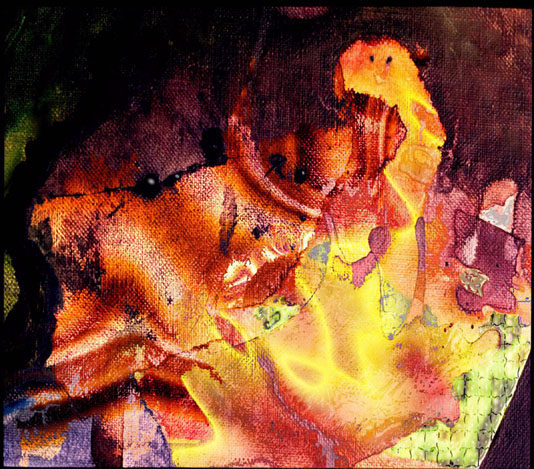
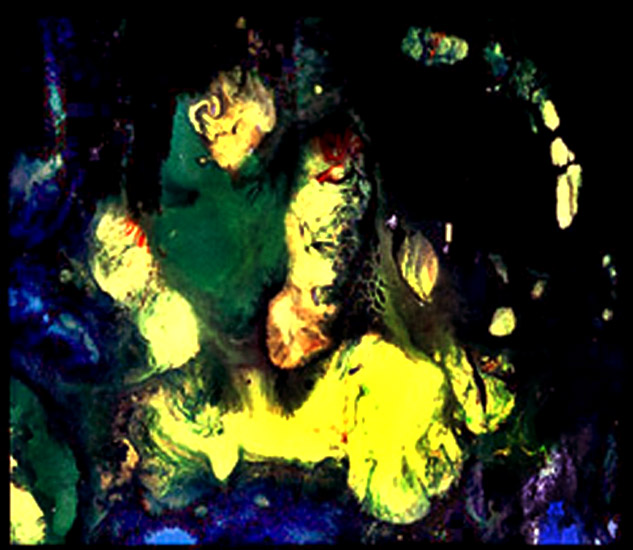
Most
of nature is very, very complicated. How could one descrive
a cloud? A cloud is not a sphere.. It is like a ball but very irregular.
A mountain? A mountain is not a cone...If you want to speak of clouds,
of mountains, of rivers, of ligthtning, the goemetric language of school
is inadequate. Mandelbrot.
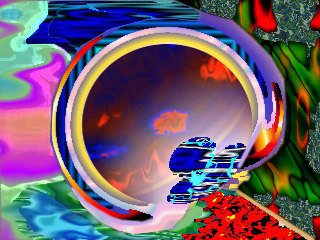

computation- A series of rule governed state transitions whose rules can be altered
There are numerous competing definitions of computation. Along with the initial definition provided here, the following three definitions are often encountered: